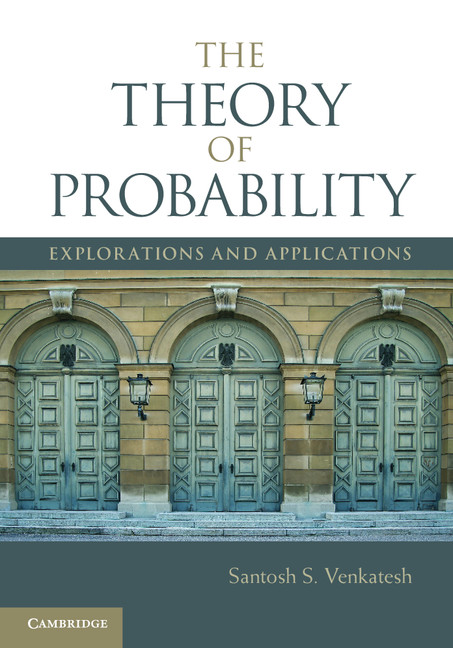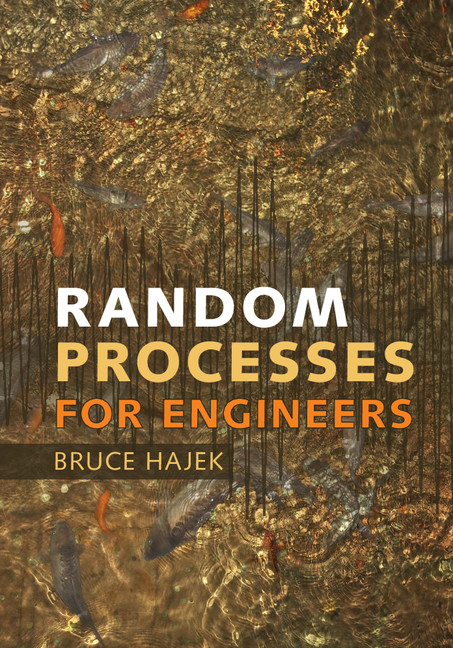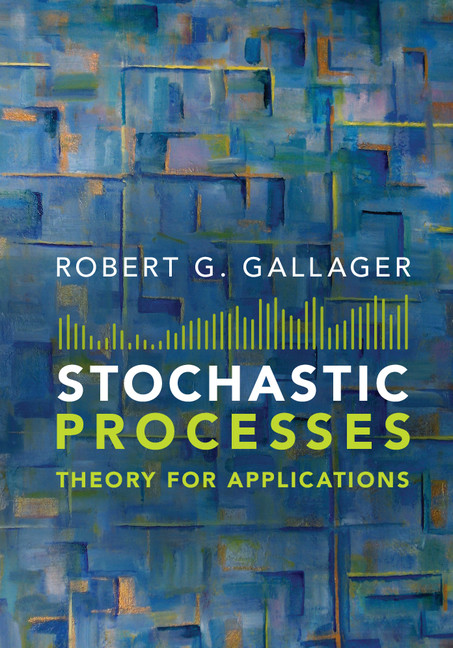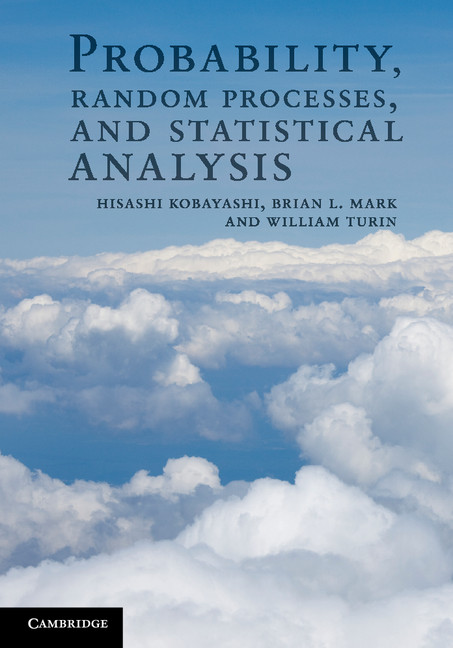The Theory of Probability
From classical foundations to advanced modern theory, this self-contained and comprehensive guide to probability weaves together mathematical proofs, historical context and richly detailed illustrative applications. A theorem discovery approach is used throughout, setting each proof within its historical setting and is accompanied by a consistent emphasis on elementary methods of proof. Each topic is presented in a modular framework, combining fundamental concepts with worked examples, problems and digressions which, although mathematically rigorous, require no specialised or advanced mathematical background. Augmenting this core material are over 80 richly embellished practical applications of probability theory, drawn from a broad spectrum of areas both classical and modern, each tailor-made to illustrate the magnificent scope of the formal results. Providing a solid grounding in practical probability, without sacrificing mathematical rigour or historical richness, this insightful book is a fascinating reference and essential resource, for all engineers, computer scientists and mathematicians.
- Modular structure, with clearly differentiated core material, applications and digressions, allows for easy development of bespoke study modules and encourages further exploration
- Self-contained and comprehensive, requiring no specialised or advanced mathematical background
- Accompanied by over 500 problems, more than 250 worked examples and over 80 highly detailed applications from fields as diverse as computation, epidemiology complexity, neuroscience, astronomy, genetics, prediction, physics, queuing and actuarial science
Reviews & endorsements
"This is a remarkable book, a theory of probability that succeeds in being both readable and rigorous, both expository and entertaining. One might have thought that there was no space left in the market for books on the fundamentals of probability theory, but this volume provides a refreshing new approach … it is a magnificent undertaking, impeccably presented, and one that is sure to reward repeated reading."
Tom Fanshawe, Significance (magazine of The Royal Statistical Society)
"… well-written, and although the topics are discussed with all mathematical rigour, it usually does not exceed the capabilities of an advanced undergraduate student … it can be recommended without constraint as a textbook for advanced undergraduates, but also as a reference and interesting read for experts."
Manuel Vogel, Contemporary Physics
Product details
March 2013Adobe eBook Reader
9781139848220
0 pages
0kg
100 b/w illus. 26 tables 528 exercises
This ISBN is for an eBook version which is distributed on our behalf by a third party.
Table of Contents
- Part I. Elements:
- 1. Probability spaces
- 2. Conditional probability
- 3. A first look at independence
- 4. Probability sieves
- 5. Numbers play a game of chance
- 6. The normal law
- 7. Probabilities on the real line
- 8. The Bernoulli schema
- 9. The essence of randomness
- 10. The coda of the normal
- Part II. Foundations:
- 11. Distribution functions and measure
- 12. Random variables
- 13. Great expectations
- 14. Variations on a theme of integration
- 15. Laplace transforms
- 16. The law of large numbers
- 17. From inequalities to concentration
- 18. Poisson approximation
- 19. Convergence in law, selection theorems
- 20. Normal approximation
- Part III. Appendices:
- 21. Sequences, functions, spaces.







